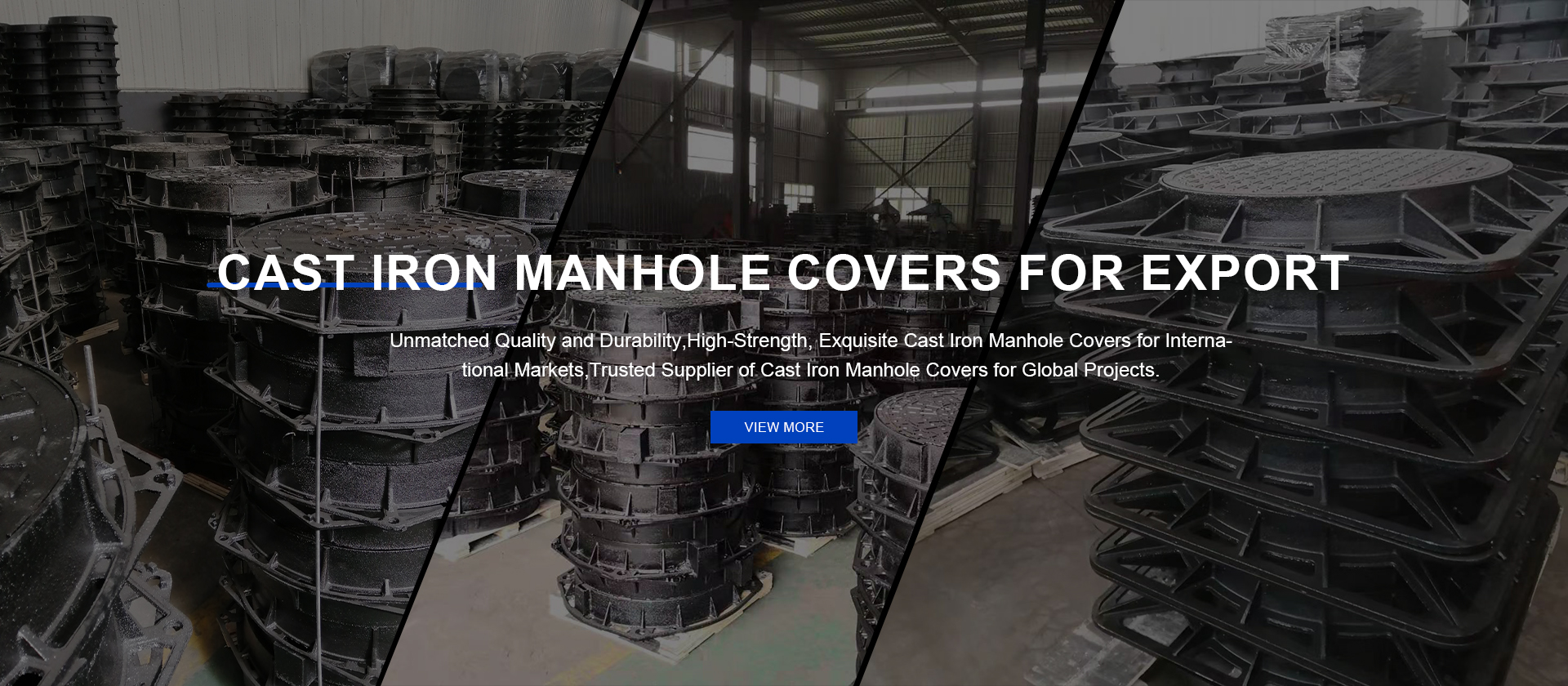Exploring the Benefits and Applications of PAS 170 Compliant Bollards for Urban Safety
The Role of PAS 170 Bollards in Urban Design
In modern urban environments, safety and aesthetics are paramount considerations for city planners and architects alike. Among the various street furniture options available, PAS 170 bollards have emerged as a significant resource in enhancing both protection and visual appeal. These bollards adhere to the Publicly Available Specification (PAS) 170 standards, ensuring that they meet rigorous safety and design requirements.
Understanding PAS 170
PAS 170 was developed as a part of the UK’s commitment to improving public safety in crowded spaces, especially in the wake of increased urbanization and the growing threat of vehicle-related incidents. This specification outlines the performance criteria for bollards used in public spaces, ensuring that they can withstand various levels of impact while providing a deterrent against unauthorized vehicle access. The emphasis on safety is crucial; in densely populated urban areas, managing the flow of traffic while keeping pedestrians safe is a critical goal.
Multifunctionality of Bollards
One of the key advantages of PAS 170 bollards is their multifunctionality. These structures are not only designed to protect pedestrians and cyclists but can also serve a variety of other purposes. For instance, they can be used to delineate pedestrian pathways, create designated parking zones, or even enhance the overall aesthetic of a public area through thoughtful design. Their availability in a range of materials and finishes allows urban designers to integrate them seamlessly into different architectural contexts, contributing positively to the ambiance of the environment.
In addition, according to PAS 170, these bollards are often designed to be easily removable or adjustable, providing flexibility for urban spaces that may change in function. This is particularly useful for event spaces that host festivals, markets, or parades, allowing for the necessary adjustments to ensure safety while maintaining accessibility.
pas 170 bollards

Aesthetic Contributions
Beyond their practical functions, PAS 170 bollards can significantly contribute to the visual identity of a city or urban area. They are available in various designs, colors, and materials, making them a complement to diverse architectural styles—from contemporary to traditional. When designed thoughtfully, they can enhance the landscape, drawing attention to public art and other design elements, thereby fostering a sense of place and community.
Sustainability Considerations
In line with contemporary environmental awareness, many manufacturers of PAS 170 bollards are increasingly turning to sustainable materials and practices. Utilizing recycled materials and non-toxic finishes not only meets safety standards but also aligns with the broader goals of sustainable urban development. This transition is essential, as cities strive to reduce their carbon footprint while maintaining functionality and aesthetic appeal in an increasingly eco-conscious society.
Conclusion
In conclusion, PAS 170 bollards have become integral to contemporary urban design, balancing safety, functionality, and aesthetics. Their ability to provide security in public spaces while enhancing visual elements makes them invaluable to city planners and architects. As urban areas continue to evolve, the role of PAS 170 bollards will likely expand, incorporating sustainability and versatility as key components of modern urban development. As cities strive to create safe, inclusive, and visually appealing environments, the thoughtful implementation of PAS 170 bollards will be central to achieving these aims, ensuring that public spaces remain both functional and welcoming for all.
-
The Smarter Choice for Pedestrian AreasNewsJun.30,2025
-
The Gold Standard in Round Drain CoversNewsJun.30,2025
-
The Gold Standard in Manhole Cover SystemsNewsJun.30,2025
-
Superior Drainage Solutions with Premium Gully GratesNewsJun.30,2025
-
Superior Drainage Solutions for Global InfrastructureNewsJun.30,2025
-
Square Manhole Solutions for Modern InfrastructureNewsJun.30,2025
-
Premium Manhole Covers for Modern InfrastructureNewsJun.30,2025
